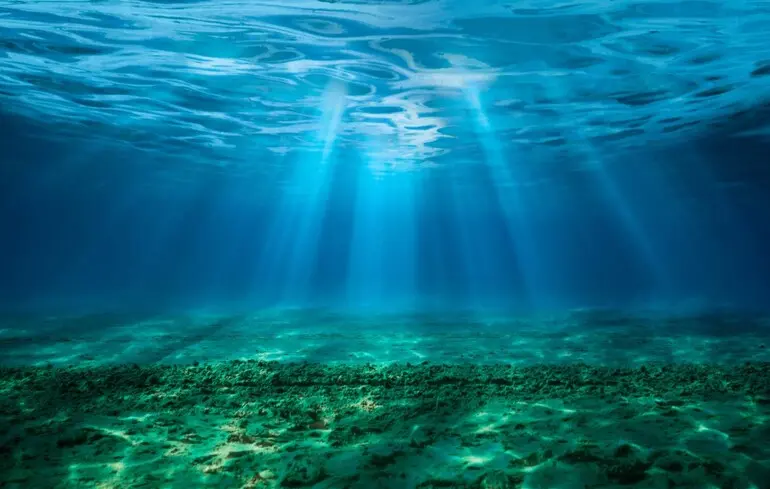Mysteries of Ancient Oceanic Trade Routes: Archaeological Discoveries Redefining History

Over three thousand years ago, the indigenous peoples of Oceania were already actively exchanging goods, ideas, and cultural values through a network of trade routes stretching across various regions from the coastlines of Papua New Guinea.
A new archaeological study conducted at the Walufeni Cave in the Great Papuan Plateau expands our understanding of this ancient era, proving that even in mountainous highlands, communities maintained complex economic and cultural connections.
For the first time in history, scientists unearthed evidence of intensive maritime trade dating back millennia before European colonization.
Artifacts such as processed marine shells capable of traveling over 200 kilometers from the Palaus Bay and the Torres Strait testify to a widespread system of long-distance trade.
This discovery not only confirms that Oceanian societies were not isolated but actively collaborating, but also challenges previous assumptions about their history.
Unique finds include processed shells of dog conch, cowries, and olive shells, used as cultural objects, charms, or jewelry with ritual significance.
These artifacts have remained largely unchanged for thousands of years, helping researchers better understand the cultural and commercial dynamics of ancient times.
Additionally, pottery samples from the Lapita culture dated at around 2900–2600 years ago have been found along the southern coast of New Guinea.
The Lapita people, who arrived approximately 3300 years ago from modern Taiwan and the Philippines, introduced early ceramic technologies that facilitated the development of local pottery production.
Similar artifacts discovered in northern Australia on Lizard Island and in the Murray and Pulu Islands of the Torres Strait, with clay originating from southern New Guinea, further confirm extensive regional connections.
Furthermore, oral traditions, such as legends of the hero Sido/Sou, present in the mythology of the Great Papuan Plateau and stories from southern New Guinea and the Torres Strait, indicate longstanding sociocultural contacts over vast territories.
These groundbreaking findings not only reshape our perception of Oceanic history and mythology but also demonstrate that these peoples played an active role in global exchanges over three millennia ago.

